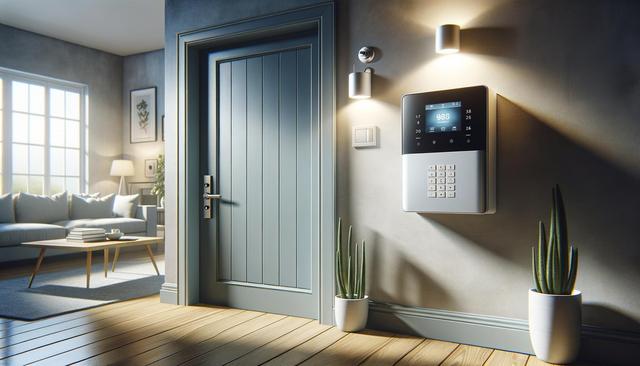
A Practical Guide to Home Security Systems
Understanding the Basics of Home Security
Home security systems are designed to protect your residence from intrusions, theft, and other emergencies. At their core, these systems typically include sensors, alarms, control panels, and sometimes surveillance cameras. Depending on the configuration, they can alert homeowners, local authorities, or private security companies when a breach is detected. The market now offers both wired and wireless options, allowing for flexible installation based on your home’s layout and specific needs. Understanding these fundamental components is key when exploring the most appropriate system for your property.
Modern systems often integrate with smart home technology, enhancing their functionality. This means you can remotely monitor your home, control locks, or even adjust lighting to simulate occupancy. The scalability of these systems also allows homeowners to start with basic monitoring and add components over time. Whether you live in a small apartment or a large house, tailoring a system to match your living environment is crucial for optimal coverage.
Types of Home Security Systems
There are several types of home security systems available, each offering different features to meet various requirements. Some of the most common include:
- Monitored Systems – Connected to a central monitoring station that responds to alerts.
- Unmonitored Systems – Emit alarms when triggered but rely on neighbors or passersby for response.
- Wireless Systems – Easier to install and portable, ideal for renters or temporary setups.
- Wired Systems – Often considered more reliable but may require professional installation.
- DIY Systems – Allow homeowners to customize and install their own systems.
The choice between these systems depends on your budget, technical comfort level, and the level of protection you seek. Some prefer the assurance of a monitored system, while others are content with a self-managed setup. It’s important to weigh the advantages of each and consider what fits your lifestyle best.
Key Features to Look For
When evaluating home security systems, it’s essential to focus on features that enhance both safety and usability. Some components offer immediate protection, while others provide long-term convenience and integration. Important features to consider include:
- Motion detectors to sense movement in restricted areas
- Glass break sensors for windows and sliding doors
- High-definition cameras with night vision
- Mobile app access for remote monitoring
- Smart home compatibility (e.g., with thermostats or lighting)
In addition to hardware, the software and user interface play a significant role in how easily you can manage your system. Systems that provide real-time alerts, automation scheduling, and cloud storage options for footage can significantly improve your overall experience and sense of control.
Installation and Maintenance Considerations
Installing a home security system can be a straightforward process, especially with the rise of wireless and DIY kits. That said, larger or more complex systems may benefit from professional installation to ensure that sensors are optimally placed and configured. For homeowners with minimal technical knowledge, hiring a technician can provide peace of mind and guarantee that the system is fully operational from day one.
Maintenance is another important factor. Regularly checking battery levels, ensuring sensors are free from obstructions, and updating software are all necessary to keep the system functioning properly. Some systems offer automated diagnostics or alert you when maintenance is required. Keeping up with these tasks ensures that your home remains secure over time and prevents false alarms due to system faults.
Cost and Value Considerations
The cost of a home security system can vary widely based on features, installation, and monitoring services. Basic systems with minimal components can be relatively affordable, while more advanced setups with 24/7 monitoring and smart home integration may involve higher upfront and ongoing expenses. When evaluating cost, it’s helpful to consider the value of what you’re protecting and the potential financial losses a security breach could cause.
Many providers offer flexible payment structures, including monthly subscriptions or one-time equipment purchases. Some even provide discounts for bundling with other services or for long-term commitments. While it may be tempting to choose the cheapest option, balancing cost with reliability and customer support is key to long-term satisfaction.


